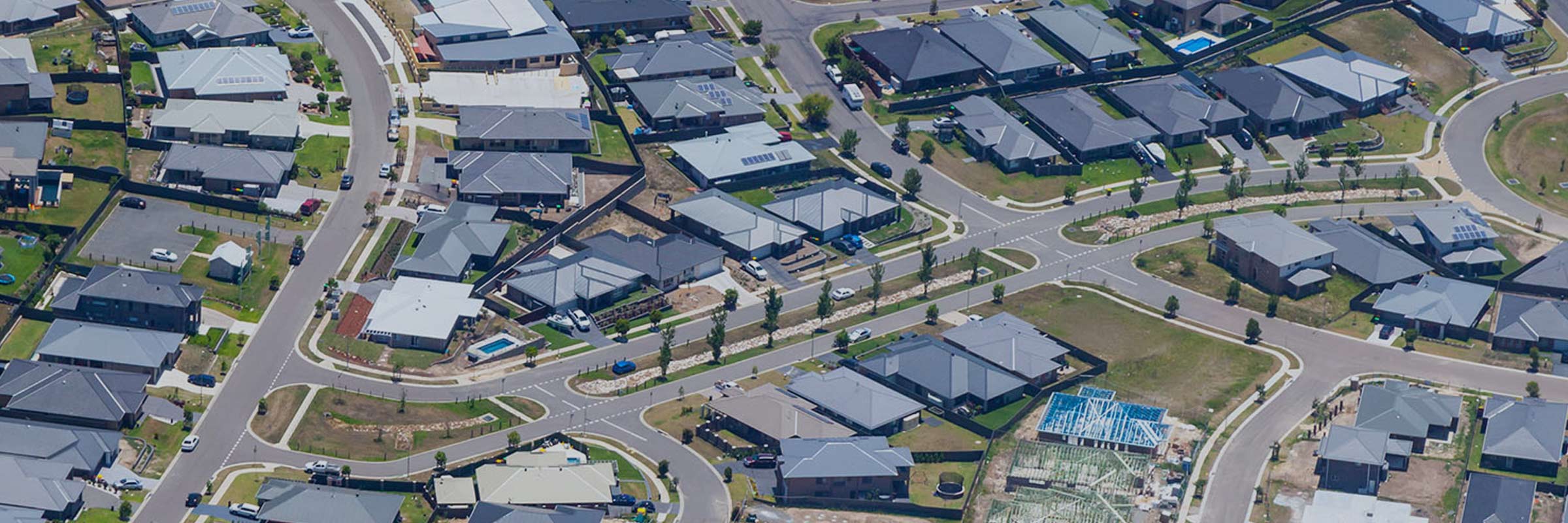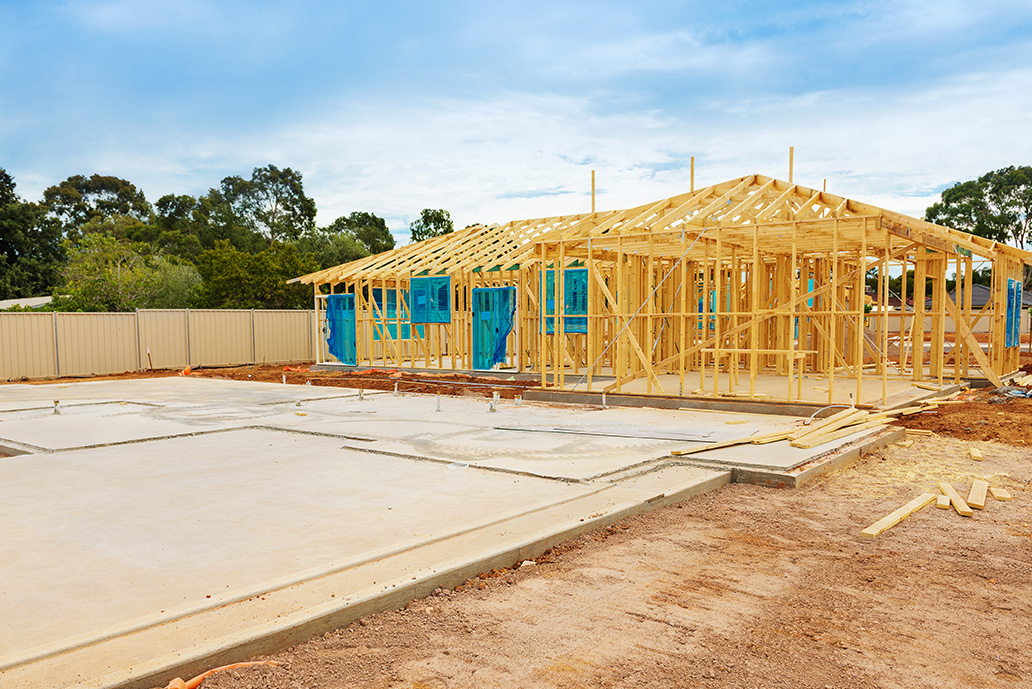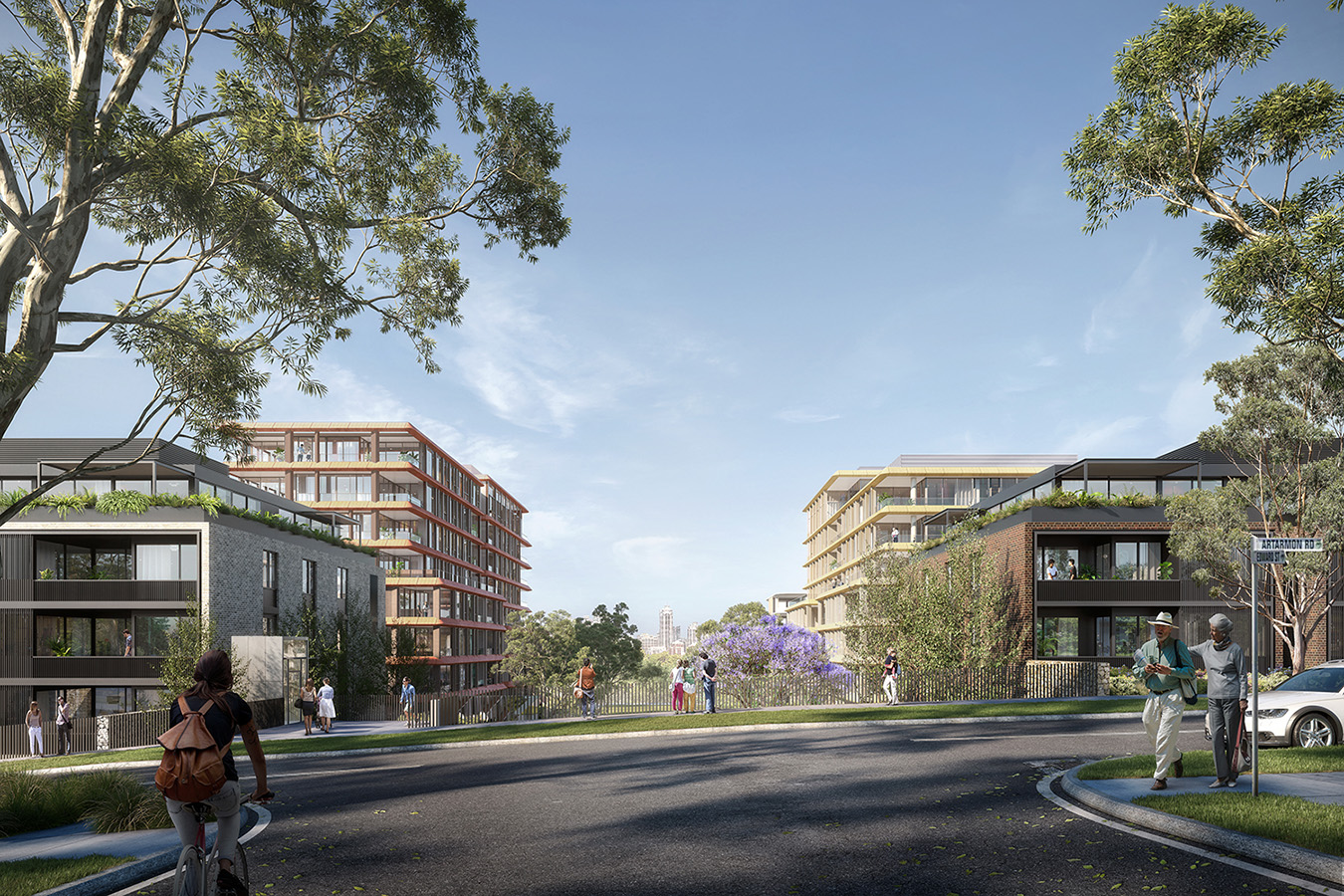
Sophie Olsen and Jonathon Chapman from SMEC’s Town Planning teams, along with Strategic Advisor Dorte Ekelund, provide their thoughts on what options may be available.
Within Australia’s urban development sector, all levels of government must be commended for their strong commitment to supporting infrastructure pipelines, especially for significant transport, water and energy projects. Unfortunately, new residential development is anticipated to be particularly hard hit over the coming years due to lower net migration levels, more reluctant homebuyers and more conservative lending.
To address this anticipated downturn, a number of jurisdictions are reviewing infrastructure funding models. Current infrastructure funding systems vary significantly from state to state, though almost all require some level of monetary contribution upfront from developers and a handover of assets prior to connection. In New South Wales, the Productivity Commissioner has been tasked with undertaking a review of infrastructure contributions by the end of 2020. The review will examine whether the existing system creates the certainty and efficiency required to support development. Released in March 2020 by the Victorian Auditor General, a similar review of the Victorian contributions system, Managing Development Contributions, found that the system was too fragmented, carried an unnecessary bureaucratic burden and ultimately was not performing as intended.
Whilst a review of infrastructure funding models is encouraging, we expect any legislative and procedural changes will take time. In the interim, we see an urgent opportunity for government to combat a downturn in development by funding lead-in infrastructure now and recovering payment at a later stage in the development cycle, when there is better cashflow and more certainty.
Current funding models
We have seen many of our private urban clients struggle with progressing their developments when substantial upfront investment in precinct-wide infrastructure is required, like lead-in sewer and water, wetlands and roads. Likewise, local government authorities (LGAs) and utility providers do not always have the resources or tools to help facilitate development or fund the required infrastructure. Economic Development Queensland (EDQ) recognises that fragmented land ownership and the significant cost of trunk infrastructure means it may not be feasible for any one developer or government entity to fund the required infrastructure upfront and, in response, provides co-investment opportunities.
Our states and territories tackle infrastructure funding differently. In Victoria, infrastructure contributions are collected through measures such as Growth Areas Infrastructure Charges, Development Contributions Plans and site-specific agreements, which can result in a patchwork of infrastructure upgrades over time. The approach in the Australian Capital Territory (ACT) is unique, as the centralised Suburban Land Agency and the leasehold land tenure system allows the funding of infrastructure and rezoning of land to occur concurrently. In New South Wales, the Housing Acceleration Fund was established to provide grants for infrastructure projects that are necessary for the delivery of new housing such as road duplications, signalised intersections and water and sewer augmentation projects.

Options for fast-tracking recovery
The post-pandemic environment may see private developers less willing to fund the lead-in infrastructure that is vital to the growth of our cities. Targeted funding for critical infrastructure, such as road upgrades, trunk water and sewerage, stormwater and wetland systems is key to unlocking development opportunities, stimulating jobs, improving the affordability of housing and supporting the post-pandemic recovery of our cities.
Recently, some states have focused on fast-tracking development approvals and rezoning applications, selecting projects based on their potential for job creation and private investment. We suggest the same thresholds could also be applied to lead-in infrastructure projects. This infrastructure spend could ultimately be reimbursed through special levies or contribution plans, creating a win-win outcome for government, the economy and private development.

Sophie Olsen is Team Leader of SMEC’s Town Planning team across Southern NSW and the ACT. Sophie has ten years of industry experience, working as a statutory and strategic planner across renewable energy, infrastructure and urban development projects. Sophie has a working knowledge of the NSW, ACT and VIC Planning systems and the development approvals processes in each jurisdiction.

Jonathon Chapman is Team Leader of SMEC’s Town Planning team in Melbourne. Jonathon is a town planner with 14 years of experience in both the UK and Australia across a wide range of projects and strategic planning processes in both the private and public sectors. He has delivered projects such as mixed-use urban infill redevelopments, green field communities, education and childcare centres, warehousing and logistics facilities and transport infrastructure.

Dorte Ekelund is SMEC’s Strategic Advisor on urban and regional planning, smart cities innovations, and climate change mitigation and adaptation/resilience. She is an urban and regional planner with over 30 years of experience in land use and infrastructure planning, environmental management, and water and energy policy and programs. She has worked in multiple jurisdictions and at all levels of government.
Related
insights
 A reliable delivery partner: Progressing essential infrastructure during COVID-19
A reliable delivery partner: Progressing essential infrastructure during COVID-19
India, Bangladesh and other South Asian nations have been battling a resurgence of COVID-19 for the past several months, with strict lockdown measures enforced in many cities.
 Will COVID-19 reshape urban communities?
Will COVID-19 reshape urban communities?
The COVID-19 pandemic is radically changing the way we live, from 1.5 metre distancing to the elbow tap replacing the handshake, from restrictions on social gathering headcounts to the demise of the all-you-can-eat buffet.
 Unlocking an Iconic Site in Sydney
Unlocking an Iconic Site in Sydney
Supporting the urban renewal of the iconic, former Channel Nine studios at Willoughby in Sydney.
 Putting promises into action: Recognising unconscious gender bias in the workplace
Putting promises into action: Recognising unconscious gender bias in the workplace
The United Nations recently released a report that uncovered significant gaps for women's empowerment and spotlighted the myriad of inequalities and challenges they face in the workplace. You can download the report for Australia and New Zealand here.




